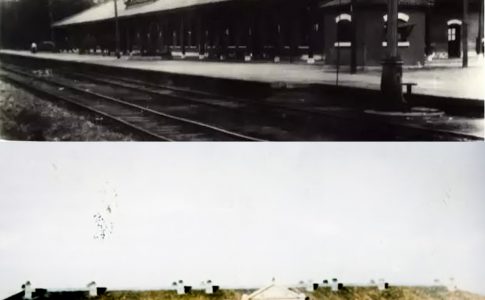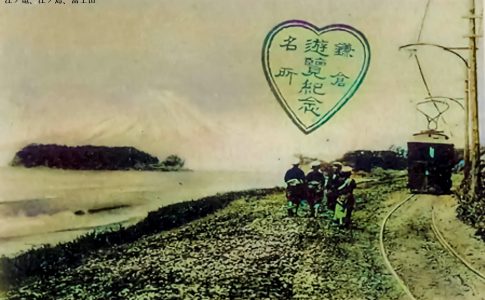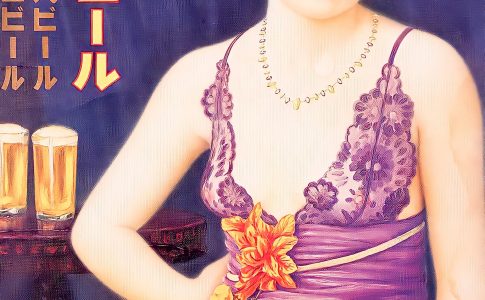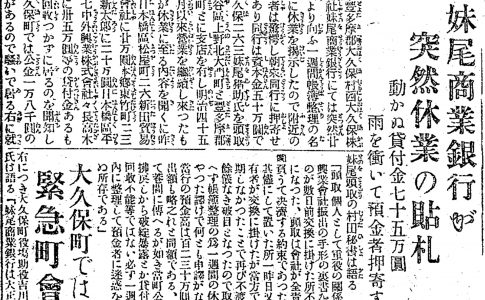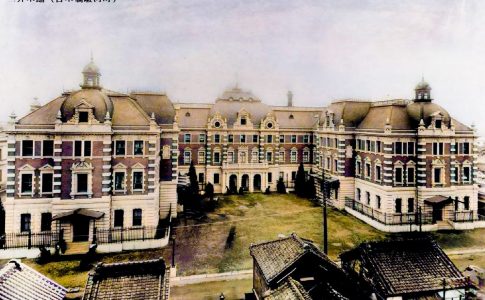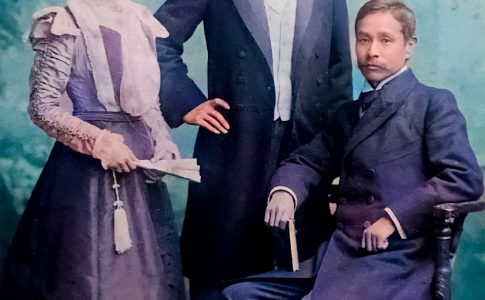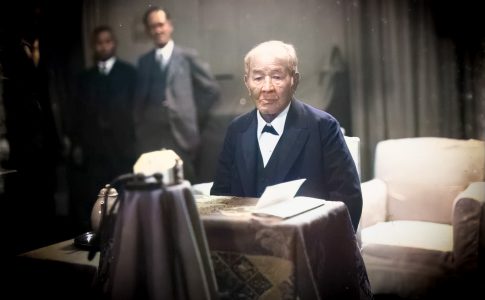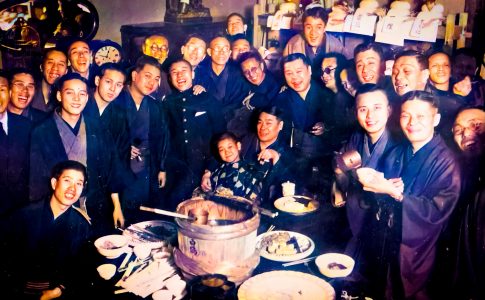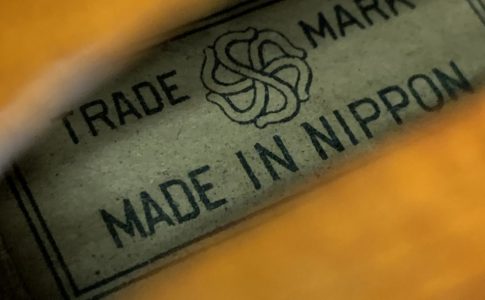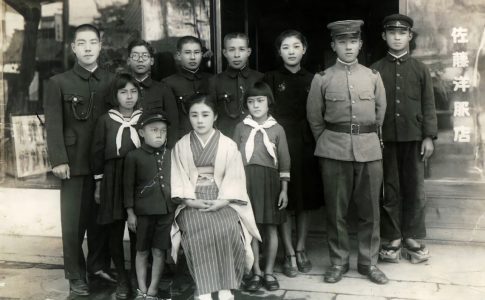Monday, May 2 1921: Gui-Sui station (now Hohhot Station) opened
1921 (Taisho 10) Monday, May 2 China’s Jing-Sui railway opened. Gui-Sui station (now Hohhot Station) opened, and Beijing – Zhangjiakou – Datong – along with 653.6 km of Gui-Sui were connected by railway. In January 1923, 2 years later, the line will extend another 165 km from Gui-Sui to the terminal point of Baotou, and a loan of 3 million yen from Japan was used to construct this section. Before the New Shikoku Loan Program, which was established by the open door policy of the United States, Japan adopted the form of loans from Toa Kogyo, a private company. However, this loan has developed into an intense diplomatic problem. This...

